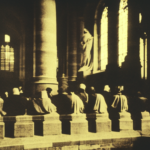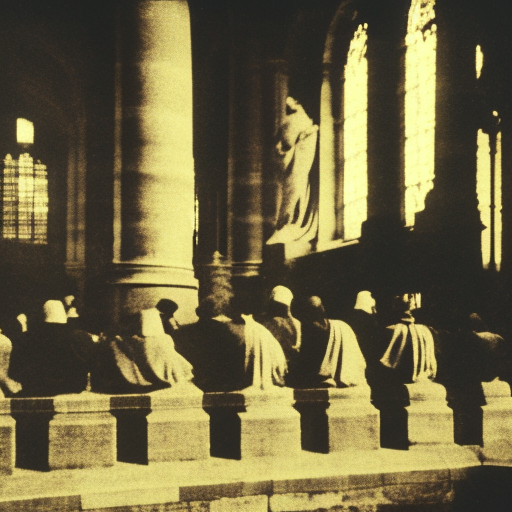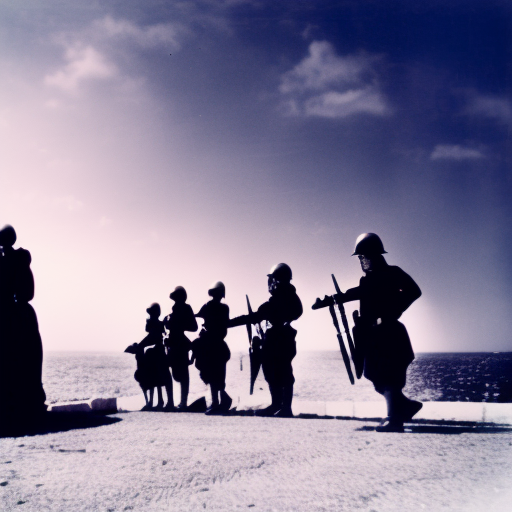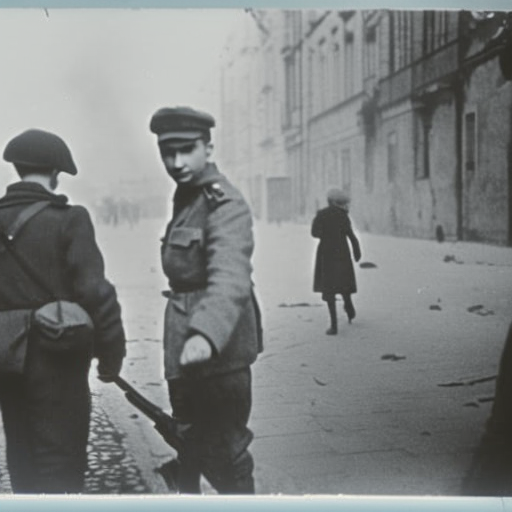The Council of Trent (1545-1563)
The Council of Trent was a significant event in the history of the Catholic Church that took place from 1545 to 1563. It was convened in response to the Protestant Reformation and aimed to address the challenges posed by the Protestant movement, as well as to reform and strengthen the Catholic Church.
Background
The Protestant Reformation, led by Martin Luther and other reformers, had challenged the authority and teachings of the Catholic Church. This led to a significant division within Christianity, with many people leaving the Catholic Church and joining the Protestant movement. In response, the Catholic Church recognized the need for reform and convened the Council of Trent.
Goals and Objectives
The Council of Trent had several goals and objectives. Firstly, it aimed to reaffirm and clarify Catholic doctrine in response to the teachings of the Protestant reformers. It sought to address issues such as the authority of the Pope, the nature of the sacraments, and the role of good works in salvation.
Secondly, the council aimed to address the issue of corruption within the Catholic Church. It sought to reform the clergy, address issues of nepotism and simony, and improve the moral standards of the Church.
Lastly, the council aimed to establish a unified approach to religious practices and rituals within the Catholic Church. It sought to standardize liturgical practices, promote the use of Latin in the Mass, and address issues related to the veneration of saints and relics.
Main Decisions and Reforms
The Council of Trent made several important decisions and implemented significant reforms. It reaffirmed the authority of the Pope and the importance of tradition alongside scripture in matters of faith. It also affirmed the seven sacraments and clarified their nature and efficacy.
The council addressed the issue of corruption within the Church by establishing stricter rules for the behavior of clergy. It prohibited the practice of selling indulgences and addressed issues of nepotism and absenteeism among bishops and priests.
In terms of religious practices, the council standardized the Mass and reaffirmed the use of Latin as the language of the liturgy. It also emphasized the importance of art and music in religious worship.
The council also made decisions regarding the veneration of saints and relics. It affirmed the practice of venerating saints and their relics but condemned any abuses or superstitions associated with these practices.
Impact and Legacy
The Council of Trent had a profound impact on the Catholic Church and the wider Christian world. It solidified Catholic doctrine and provided a clear response to the challenges posed by the Protestant Reformation. The council’s decisions and reforms helped to reestablish the authority and unity of the Catholic Church.
The council’s emphasis on education and the training of priests led to the establishment of seminaries and improved the quality of clergy. It also contributed to the revitalization of religious art and music, with many masterpieces created during this period.
Furthermore, the Council of Trent laid the foundation for the Counter-Reformation, a broader movement within the Catholic Church aimed at combating Protestantism and revitalizing Catholicism. The council’s decisions and reforms provided a framework for future reforms and helped shape the Catholic Church for centuries to come.
In conclusion, the Council of Trent was a pivotal event in the history of the Catholic Church. It addressed the challenges posed by the Protestant Reformation, implemented significant reforms, and reaffirmed Catholic doctrine. Its impact and legacy can still be seen in the Catholic Church today.












